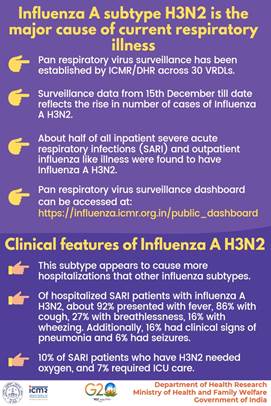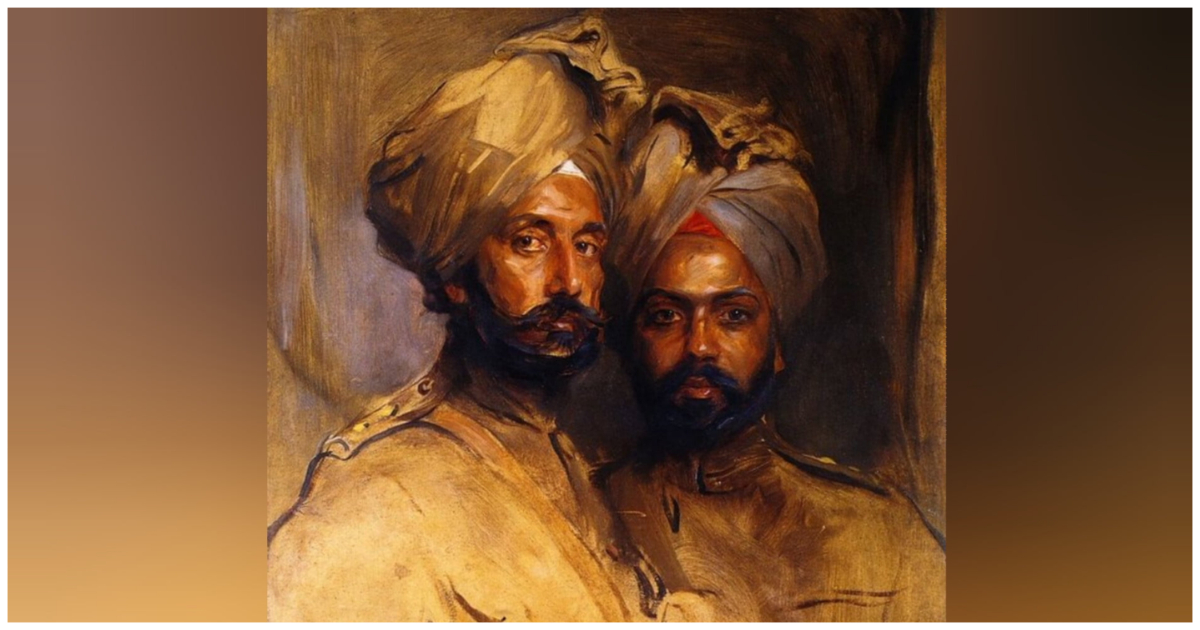An outbreak of H3N2 Influenza, a subtype of the A virus, has left at least two people dead, according to the officials of the Ministry of Health and Family Welfare (MoHFW). The illness is said to cause fever that lasts for 3-5 days and a prolonged cough and cold for up to three weeks. Amid the cases of the H3N2 Influenza, the country also witnessing a surge in viral infections caused by Covid-19, and swine flu.
What is H3N2?
H3N2 is a strain of the flu that you want to avoid, if possible. But experts point out that the US just faced a flu season with H3N2. H3N2 flu viruses began circulating in people in 1968, according to Penn Medicine, and have evolved in the decades since. While H3N2 viruses tend to hit vulnerable populations hard, anyone can get it.
Influenza viruses, which cause the infectious disease known as flu, are of four different types: A, B, C, and D. Influenza A is further classified into different subtypes and one of them is the H3N2. According to a 2020 study, published in the journal Nature Communications, the strains of the virus have dramatically evolved in the past five decades as people born in the late 1960s and 1970s got infected by it as children.

What are the symptoms?
The illness is said to cause fever that lasts for 3-5 days and a prolonged cough and cold for up to three weeks. The H3N2 Influenza subtype causes more hospitalisations compared to other strains and the symptoms include persistent cough, headache, fever, and sinus-related symptoms among others.
While the disease is usually mild in vulnerable groups it can turn severe and puts one at risk of complications and even death. If one is finding it difficult to breathe, has low blood pressure, high rate of breathing, bluish lips, seizures, or confusion, one must be taken to the hospital immediately.
According to the Indian Medical Association (IMA), an infection caused by H3N2 generally lasts for five to seven days and the fever starts going away after three days. However, the coughing can persist for up to three weeks.
The health ministry in its release has stated that young children and old age persons with co-morbidities are the most vulnerable groups in the context of seasonal influenza. So far, Karnataka and Haryana have confirmed one death each from H3N2 influenza.




